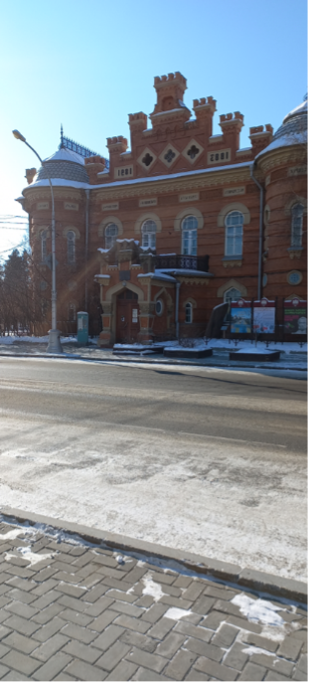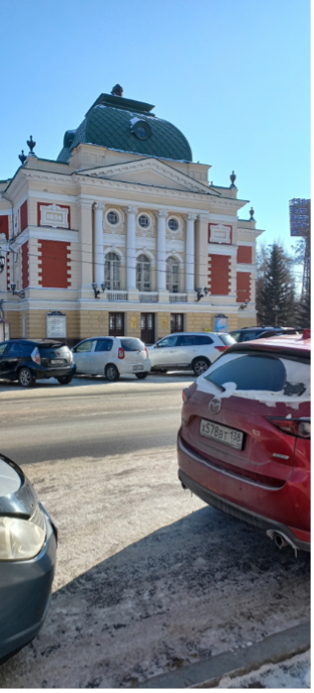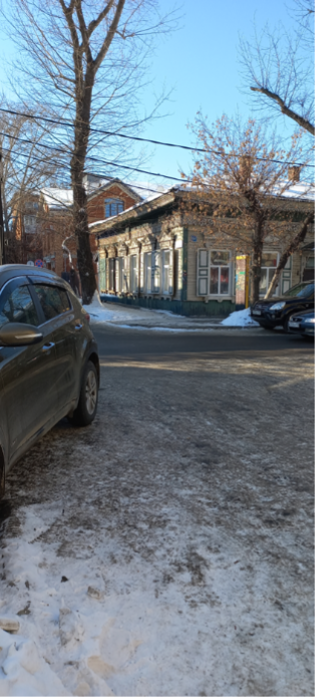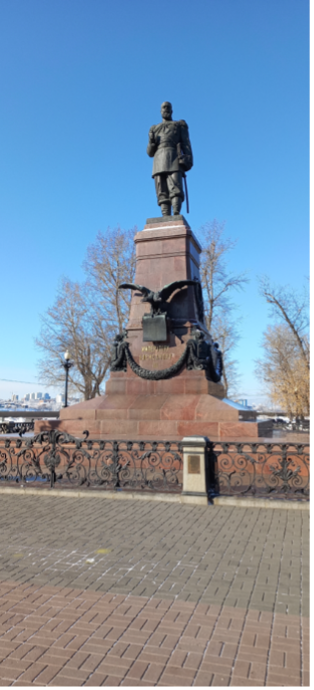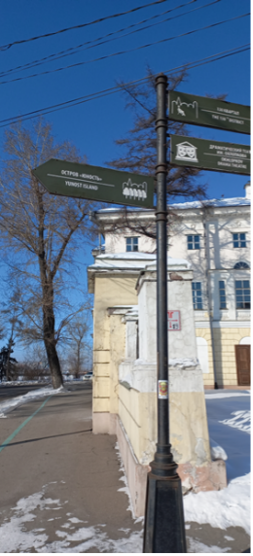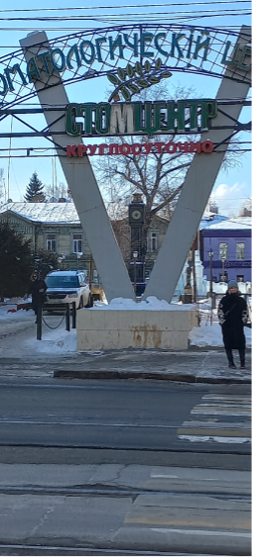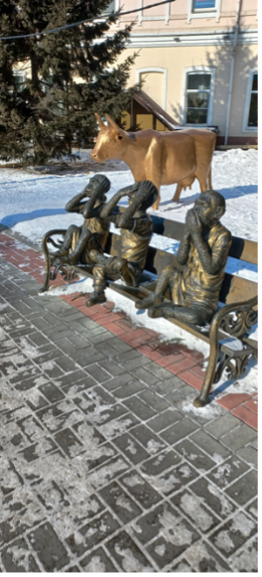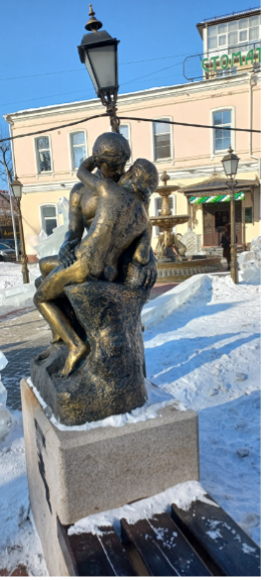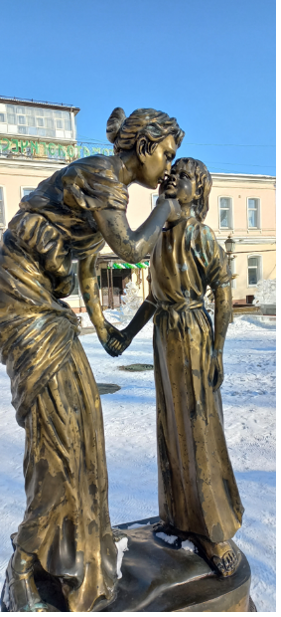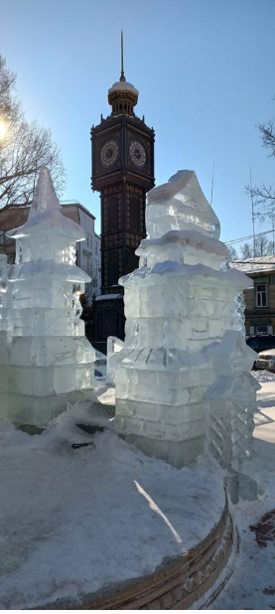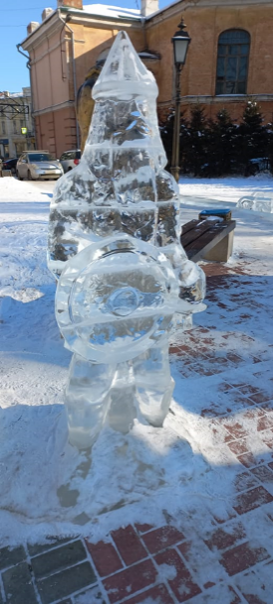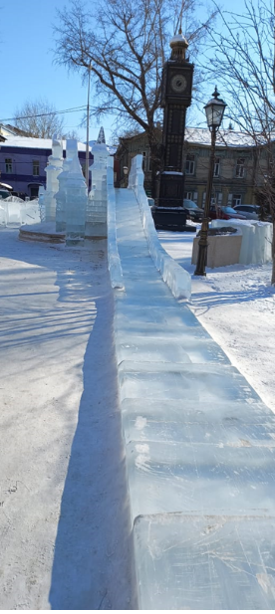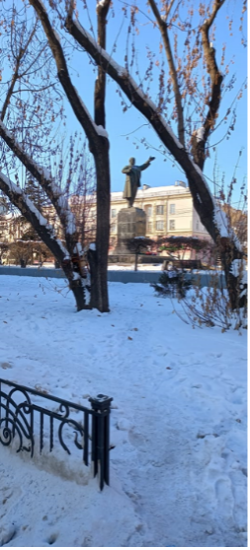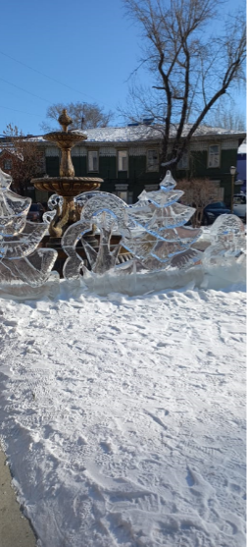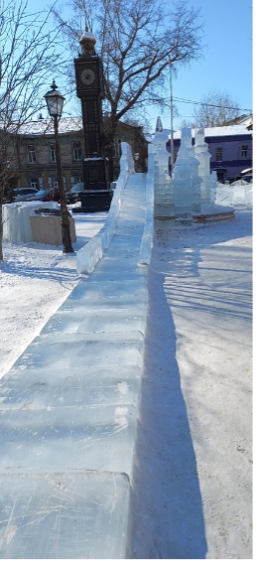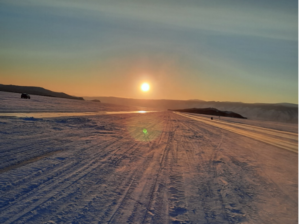14th February 2022
Irkutsk was the start of my regional adventure to Lake Baikal and I found the culture and history very interesting and as such I have included some background notes for future reference.
My arrival into Irkutsk marked an arrival into an area close to the Buryat Republic. Buryats originally came from Mongolia and are the old settlers in this region prior to the Russians and other cultures. Their roots go back over 1000 years and more and are a distinctive culture and people. In the northern area, including Lake Baikal and Irkutsk they are Shaman followers and to the south (Ulan Ude and Mongolia) they are Buddhist. However, over the generations there has been a lot of intermarriage and this has led to a lessening of the religious aspect but strengthening of their culture. Buryat Religion and Folklore. This whole experience of the culture and traditions had a profound effect on me and in many respects made me want to revisit when possible and learn more about their life and culture.
Walking in the streets there was a mixture of native Buryat’s and Russians which I found very interesting and attractive and their clothes were also very ethnic in style and taste. Their animal skin boots, perfect for the freezing weather and walking on ice were extremely interesting and very stylish which reminded me of Norwegian seal skin boots that my father once brought me after one of his trips
As a further background note:
The Buryat traditionally were Shamanists. Traditional beliefs still remain. Before a meal, they scatter a little bit of the food and drink as an offering to the Gods. For the Buryat white is associated with milk and good things. Silver, the white metal, is prized as an indication of wealth. The bride’s dowry usually includes silver as well as coral and sheep. According to the Buryat creation myth the 11 Buryat tribes are descendants of a man and beautiful creature that was a swan by day and a woman by night, after they were married the man asked for her wings so she could no longer change into a swan. Sometime later she asked for her wings back and then flew away never to return.
Buryat, like Tibetans, adorn trees and bushes with prayer cloths
From this point the interesting point was the fact that the skies were almost all perfectly clear (apart from Ulan Ude and one day on the train to Irkutsk) and throughout the rest of the trip there were some magnificent sunrises and sunsets. This had a great effect on my feeling of relaxation and positivity (no matter what was going on in the world outside) which was also helped by my lack of contact with the world outside and in many respects the isolation.
Arrival into Irkutsk
The train arrived at 6.30 am and Andrey was there to meet me. Minus 37°C. We had to walk to the exit of the station which was being renovated, thus a walk-in total of half a mile was the order of the morning. The cold air hit me like a brick wall, especially after being on a train for a few days at between 26-28°C. It took me a little time to get used to the cold fresh air and also to be walking on snow and ice but we were walking at a fast pace to get to the car and then drop me off at the hotel. The drive to the hotel went through the old city area and then into a central area where the hotel (reconstructed from an old hotel) was located. The drive was fascinating and as we drove I was amazed at the architecture and river structures and found this a great introduction to the city but as I was tired , he settled me in the “boutique” hotel , I had breakfast and a deep sleep for a few hours before walking in the area of the hotel to explore this part of the city with its old traditional housed and buildings.
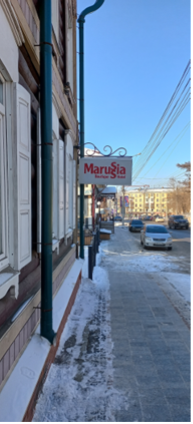
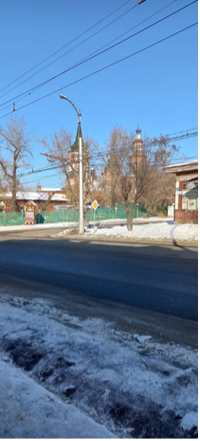
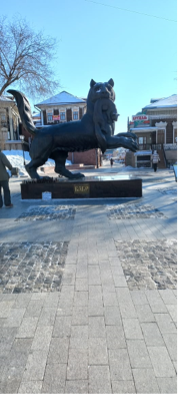
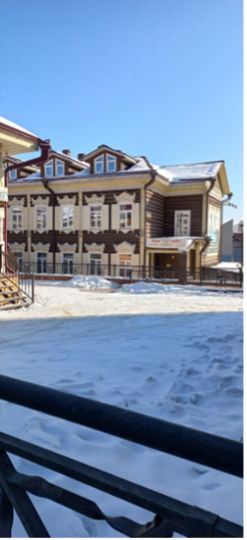
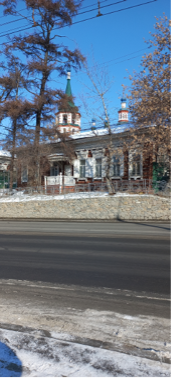
Walking around this part of the city, there were interesting sculptures, building and cultural centres. There were really no foreign tourists apart from myself and a few others, so most are now Russians and it is interesting to note that Covid also destroyed the Chinese tourists and the precious gem markets that developed to serve them. Naturally it was a major stopping off point for trans-Siberian tourists and backpackers as well. Mongolia is only about 320 miles from Irkutsk and prior to Covid, Chinese traders and tourists dominated the city. All this collapsed and was replaced by Russian tourists who had no interest in gems and buying souvenirs.
The pavements were very icy but by walking carefully and trying to look like a local, I managed without incident to explore part of the city to the Angara River bank, taking in some of the beautiful buildings and sculptures. For reference the Angara. flows out of lake Ilchir which is situated 50 km away from the highest peak of the Eastern Sayan Mountains, Munku-Sardyk. The length of the river is 488 kilometres (303 mi).
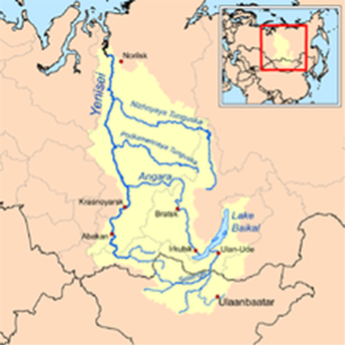
Interestingly part of the river was not frozen due to the effect of a hydroelectric power station but generally the river is frozen from late October until early May. Walking in Irkutsk as a tourist is easy as various routes are marked in coloured lines on the pavement and then interesting places are indicated on maps. This is perhaps a system which should be adopted in the UK as well. I enjoyed the walk in the ice cold fresh air (which did not seem to rise in temperature over the day, possibly due to the wind strength .
